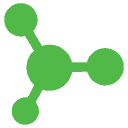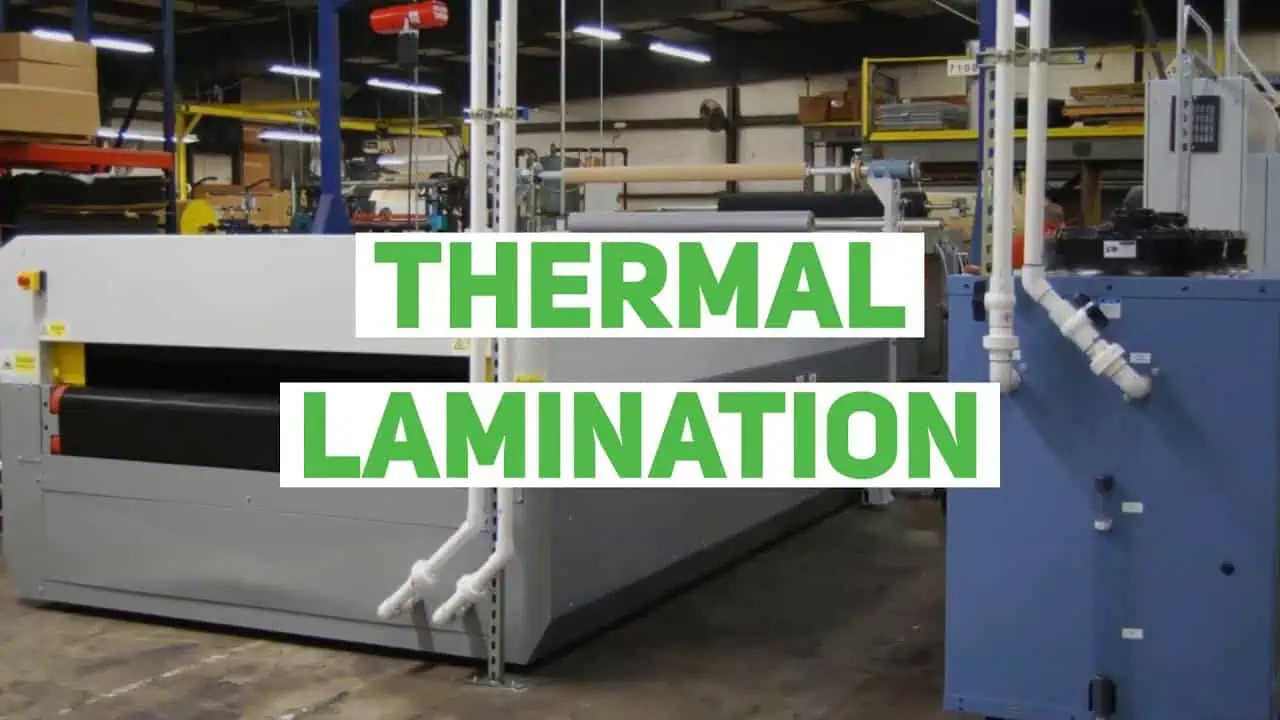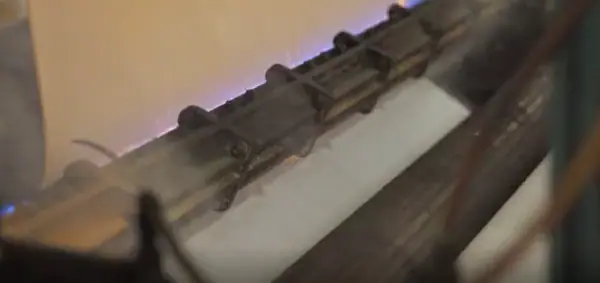Flame lamination, a thermal bonding process, fuses dissimilar materials together using the heat from an open flame. This highly efficient bonding method creates a strong, 100% surface bond between various materials like textiles, foams, and vinyls, avoiding delamination and other pitfalls of traditional adhesive lamination. It’s an ideal solution for applications involving polyurethane materials, acoustic foams, and automotive projects.
Flame Lamination Process
Our flame lamination process consists of several key steps.
Preparation of Materials
We begin by first choosing substrates like textiles and foams that, based on your application, need lamination to achieve a durable, lasting bond or enhance material properties. Common materials include:
- Textiles. This material category includes such options as fabrics, vinyls, and nonwoven polyesters and fibers.
- Foams. We typically work with acoustic and polyurethane foams.
- Specialty materials. Certain materials have been designed for specific applications in industries like healthcare, automotive, and marine.
Laminating Process
During the laminating stage, we expose a foam surface to a direct, controlled flame as the material passes through our equipment. This heat exposure causes a thin layer on the foam’s surface to melt, forming a molten bonding layer. Taking the place of adhesives, the bonding layer gives us the means to reliably bond facing or back to the foam.
Finishing
After lamination, our team performs finishing treatments, as needed, along with quality checks. We’ll utilize such processes as CNC cutting, die cutting, trimming, or sheeting to produce finished components from the newly laminated material. We carry out rigorous testing to confirm that your laminated materials match your specifications, application requirements, and industry standards for quality and safety.
Advantages of Flame Lamination
The flame lamination process offers a number of advantages, including the following:

Cost-effectiveness
Flame lamination doesn’t require additional adhesives to create a bond, thereby reducing material costs.

Efficiency
Compared to other thermal lamination techniques, flame lamination has faster line speeds, improving efficiency and turnaround times.

Versatility
Compatible with multiple material thicknesses and types, such as acoustic and polyurethane foams, fabrics, and nonwoven fibers, flame lamination is a material solution that works well for an array of applications.

Superior bonding capability
The process achieves a 100% surface bond, eliminating delamination and other points of failure.

Eco-friendliness
Flame lamination reduces reliance on chemical adhesives and is a sustainable option for enhancing material recyclability, promoting reuse.
Flame Lamination Industrial Applications
Flame lamination is applicable across industries, offering durable and high-performance bonding solutions for diverse applications.
Automotive Industry
- Soundproofing materials for automotive interiors
- Velcro-backed foams for fastening tasks
- Trim components and headliners
Transportation and Marine
- RV and boat insulation
- Interior surface laminations
- Acoustic and polyurethane foams
- Vibration-damping materials
Medical and Healthcare
- Moisture-resistant, antibacterial foam applications
- Soft products like padding, mattresses, and braces
- Orthopedic products
Industrial Manufacturing
- Contract lamination
- Insulation foams
- Foam-backed sanding pads
- Acoustic panels
- Protective barriers
- Sealing gaskets
- Filtration and HVAC applications
- Nonwoven fibers
Our Flame Lamination Capabilities
At Technicon Acoustics, we continually invest in advanced equipment to enhance and grow our product and service offerings. With flame lamination, we provide both bi-lamination and tri-lamination services for our OEM clients throughout North America. We have the capability to laminate materials ranging from 0.125 to 4.0 inches in thickness and up to 76.0 inches in width. We can accommodate both standard and custom project requests, with the expertise and technology to deliver superior results regardless of production run size.
How Does Flame Lamination Compare to Other Lamination Methods?
| Lamination Type | Bonding Method | Best Used For | Key Benefits | Potential Limitations |
|---|---|---|---|---|
| Flame Lamination | Open flame melts material surface to bond layers | Automotive interiors, medical foams, acoustic insulation | Strong surface bond, no adhesives, fast production | Requires compatible materials |
| Adhesive Lamination | Uses glue/adhesive to bind materials | Flexible films, food packaging, graphics | Works with many substrates | Adhesives can break down over time |
| Thermal Lamination | Uses heat and pressure to melt and bond materials | Technical textiles, coated fabrics | High durability, no additional adhesives | Requires precise temperature control |
| Ultrasonic Bonding | High-frequency vibrations generate heat to bond materials | Medical applications, filtration, nonwovens | Clean process, no adhesives | Not suitable for all materials |
Customer Testimonial
“C.W. Hayden is very impressed with the technical support we receive from Technicon. Their expertise in design and flexibility help support new business prospects and resulted in an increase in sales from new models in the marine market.”
John M. – C.W. Hayden
Let Technicon Acoustics Help With Flame Lamination
With innovative acoustic and thermal solutions like our versatile flame laminations, Technicon Acoustics is a trusted manufacturing partner for diverse OEM clients. Our expert team will help you find the ideal product for your specific application requirements, from acoustic absorbers and barriers to thermal insulation and vibration damping sheets. Contact us for more information on our extensive fabricated material solutions cut to order, or request a quote today.
Why Partner With Technicon Acoustics?
- Top-quality precision laminations customized for your needs
- Versatile solutions, regardless of industry
- Cost-effective production techniques that don’t require additional adhesives

